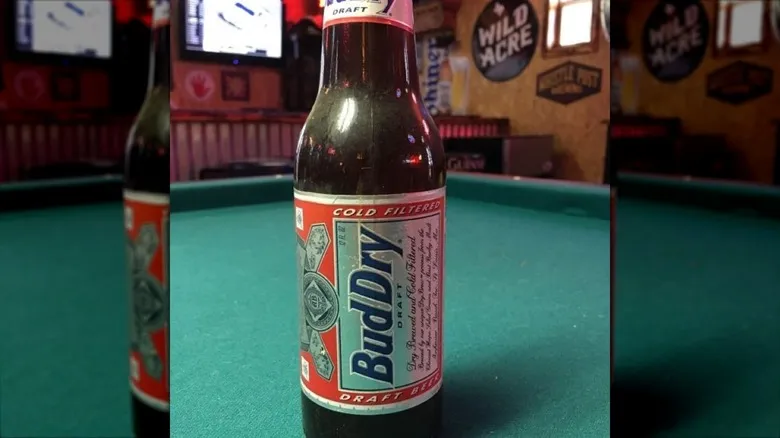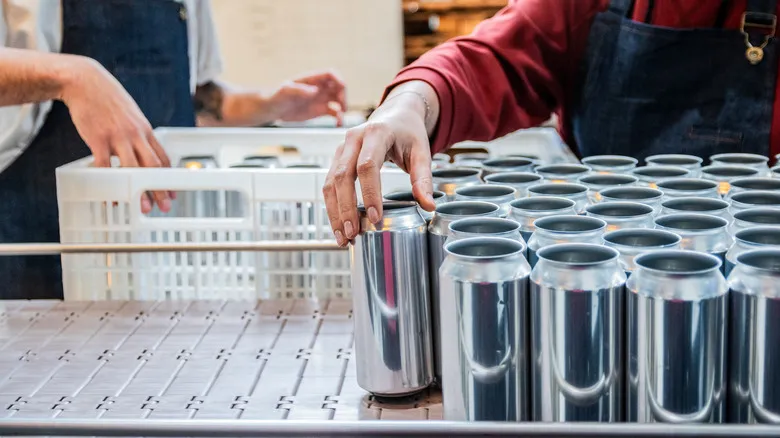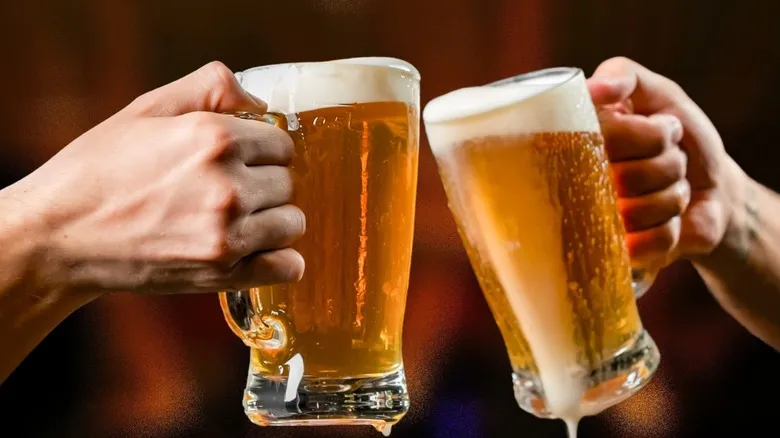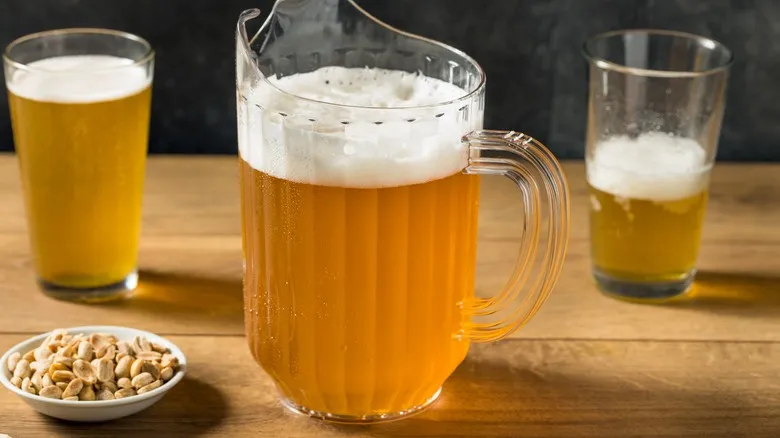Why dry beer?

In the late 1980s and early 1990s, dry beer emerged as a popular choice in Japan and eventually spread to other areas, including the U.S., Canada, and Europe. While not all dry beers were identical, market researchers identified several common traits that attracted consumers, such as a crisp, less sweet flavor profile with a mild finish and minimal aftertaste or aroma. Various methods to achieve a dry or bitter taste include using different yeast strains, increasing hop levels, and extending the fermentation process. Although some dry beers boast higher alcohol content, Mary McHugh, a spokesperson for Bud Dry during that period, stated, "Our beer has been created for the taste, not for more alcohol," according to the New York Times.
Bud Dry was developed to attract new beer drinkers, but its success may not have met brewers' expectations. Anheuser-Busch reported that Bud Dry sold 3.2 million barrels in its inaugural year and had a marketing budget of $70 million, much of which was allocated to the "Why ask why" campaign aimed at a broader audience (the initial Bud Dry commercials faced criticism for their overt sexism). However, with the launch of Bud Ice in 1994, Anheuser-Busch reduced its marketing efforts for Bud Dry as its popularity declined, ultimately leading to the discontinuation of the dry beer.
Recommended

Why So Many Craft Beers Sell Their Products In Tallboy Cans

Lager Vs Pilsner Beers: What's The Difference?

How Many Beers Are Typically In A Pitcher?

Wait, Not All Wine Is Vegan?
Next up

